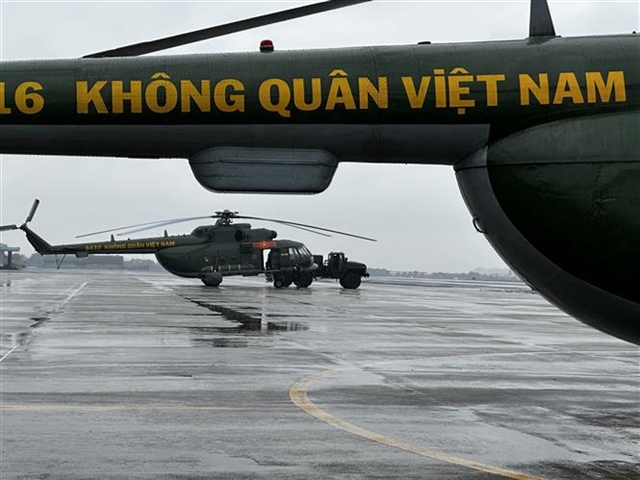 Opinion
Opinion

Nguyễn Hoàng Hiệp, deputy minister of Agriculture and Rural Development, talks to the media on his ministry’s plan to ensure steady water supply to the Mekong Delta in the dry season

|
Nguyễn Hoàng Hiệp, deputy minister of Agriculture and Rural Development, talks to the media on his ministry’s plan to ensure steady water supply to the Mekong Delta in the dry season
How do you evaluate the seriousness of the drought and saltwater intrusion in the Mekong Della in 2020?
According to our assessment, saltwater intrusion in the Mekong Delta in 2019-20 was the most serious in the history of the region. It came a month earlier than the past many years and the saltwater intrusion has penetrated deeply into the Mekong Delta region. For example, in Bến Tre Province, by now saltwater has penetrated into the downstream of the Hàm Luông River.
In the history of the region, this is the first time the Hàm Luông River has been heavily salinated. According to the history of the Hàm Luông River, by April every year, there is no more saltwater intrusion in the river. Yet, until late May when the monsoon season starts, the saltwater has started to recede. Luckily, the good system of weather forecasts has helped people in the region reduce the negative impacts of the saltwater intrusion into the region.
According to a report, by now some 60,000ha of rice fields have been affected by saltwater intrusion. It is projected that the paddy yield will be reduced between 30-70 per cent. Luckily with good planning, some 96,000 households in the region still have fresh water for daily usage.
How have people in the Mekong Delta overcome the drought?
Thanks to the early warning of the severe drought, we have worked out detailed plans to make sure we have water to supply to the people, both in the short term and long term. With instructions from the Ministry of Agriculture and Rural Development (MARD) and provincial departments of Agriculture and Rural Development, all localities have developed their own detailed plans on how to solve the problem of saltwater intrusion and bring fresh water to more than 300,000 hectares of rice in the Mekong Delta region.
Many localities have adopted both short term and long term plans to prevent saltwater intrusion while making dykes to store freshwater. For example, people in Kiên Giang Province have built some 197 temporary dams to store freshwater for people in the province to use.
Can you tell us about some of the projects farmers in the Mekong Delta have implemented to prevent saltwater intrusion?
The MARD has invested in the construction of 11 irrigation systems in the Mekong Delta region. Five irrigation systems have been completed and put into use and the remaining six systems will be completed soon, particularly the Cái Lớn-Cái Bé irrigation systems which will bring fresh water to the Hậu Giang region and some localities in the Kiên Giang-Cà Mau regions. It is projected that when these irrigation structures are completed, they will irrigate some one million hectares of rice and orchards, plus a few aquaculture projects in the Mekong Delta.
For the Cái Lớn-Cái Bé projects in Tiền Giang Province, the MARD will provide the funding for the first phase. It is projected that by 2025, there will be no water shortage in Tiền Giang Province.
According to the plan, in the next two years, the Government will disburse some VNĐ30 trillion while the World Bank and the ADB will also provide loans for the Government to commence the household water supply to people living in the Mekong Delta.
Not only the Mekong Delta region, but also the south-central and Central Highlands regions have been hit hard by drought. Has the MARD adopted any solutions to solve the problem?
According to our studies, drought is a big problem for the northern and southern regions as well as the Central Highlands and southwest regions. However, due to their sloping geographical conditions, the south-central and Central Highlands regions also face severe water shortage. To fight drought successfully, the south-central and the Central Highlands regions should have big water reservoirs to regulate water.
In my opinion, if we don’t want to depend so much on the water supply from hydropower reservoirs, we should have more irrigation reservoirs to contain water to supply to the south-central and Central Highlands regions. — VNS

.jpg)


